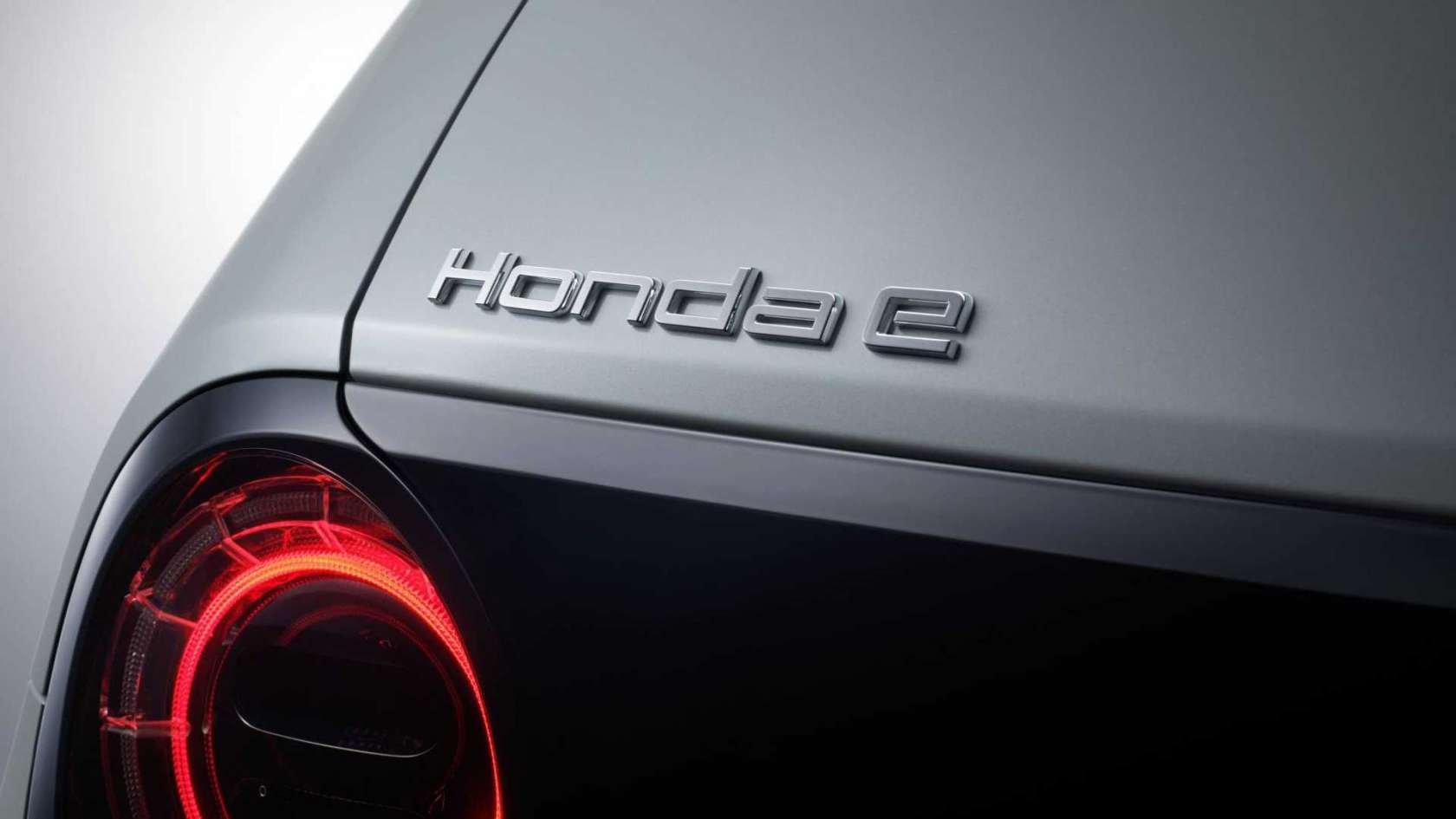The all-new Honda E is a quirky little Honda. If you’ll ask me, the Honda E is a direct nod to the first-generation Civic launched in 1972, and it paves the way for more electrified Honda vehicles in the coming years. In fact, the Japanese car maker is poised to electrify their entire lineup by 2025. Starting this new renaissance is the brilliant Honda E.
Honda recently divulged the production version of the Honda E ahead of its Frankfurt debut. And from the looks of it alone, the production version differs nothing from the Honda E prototype we swooned upon at the Geneva Motor Show. The reveal was so successful, and the car was so highly desirable that Honda confirmed 31,000 pre-orders right there and then.
And unlike other water-downed versions of concept cars, all the nice things we love about the then-prototype version of the Honda E were retained in the production version.
The styling is to die for
Unlike other mass-produced EVs, there is nothing polarizing about the styling in the production Honda E. Even the newly-revealed Porsche Taycan is getting some fair share of criticisms with its rather conservative/traditional styling approach. And unless you were born in the 1950s, we reckon the Honda E’s boxy styling cues is a welcome relief from all the curves and creases on modern cars these days.
The 2020 Honda E is a certified mini compact with four-doors and enough room for four adult passengers – you can fit five in a pinch – and room for small cargo. The car is sitting on an all-new EV platform with short overhangs, a long wheelbase, and a wide track. Truth be told, this car has all the ingredients of becoming an iconic, fun to drive, reliable – and most importantly – affordable city car.
Modest power output
The Honda E will be offered in two variants with different power outputs. The base model produces 136-horsepower while the higher trim version produces 154-horsepower, which is almost as powerful as the base Honda Civic LX with a 2.0-liter gasoline motor. Both versions have a peak torque output of 232 pound-feet, which is enough to push the little Honda E from 0 to 60 mph in 8.0-seconds.
But best of all, the Honda E is rear-wheel drive, which means you get the sensation of driving a sports car.
Acceptable Range
The Honda E is equipped with a rear-mounted electric motor and a 35.5 kWh battery pack. This allows up to 137-miles (220 km) of driving range in a single full charge. The car has a fast-charging function that recharges the battery to 80-percent in roughly 30 minutes or less. Apparently, this is enough for 110-miles (177 km) of range.
Retro-inspired interior design
Nothing says ‘retro’, ‘vintage’, or ‘classic’ more than a two-spoke steering wheel. We also don’t mind those manual-adjustable air vents or the matte wood trim on the minimalistic dashboard. But since we’re still talking about a modern car, the Honda E is not devoid of huge touchscreen displays. There are dual 12.3-inch screens in the middle with two small screens on each side of the dash to project video feed from the side cameras. Yes, the Honda E doesn’t have conventional door mirrors.
Perfect 50/50 weight distribution
With no heavy petrol engine to deal with, Honda engineers managed to give the new E a perfect 50/50 weight distribution. They did it by mounting the small battery pack between the front and rear axle. And with power being fed to the rear wheels, the new Honda E is expected to handle better than a Civic Si on steroids.
The 2020 Honda E is a refreshing sight in a sea of hyper-expensive performance EVs. However, priority ordering and reservations are only available in Germany, France, Norway, and the UK. Pricing and other details will be revealed at a later date. We have no word yet if the Honda E will land on American shores, but the car will be on full display at the 2019 Frankfurt Motor Show next week.
